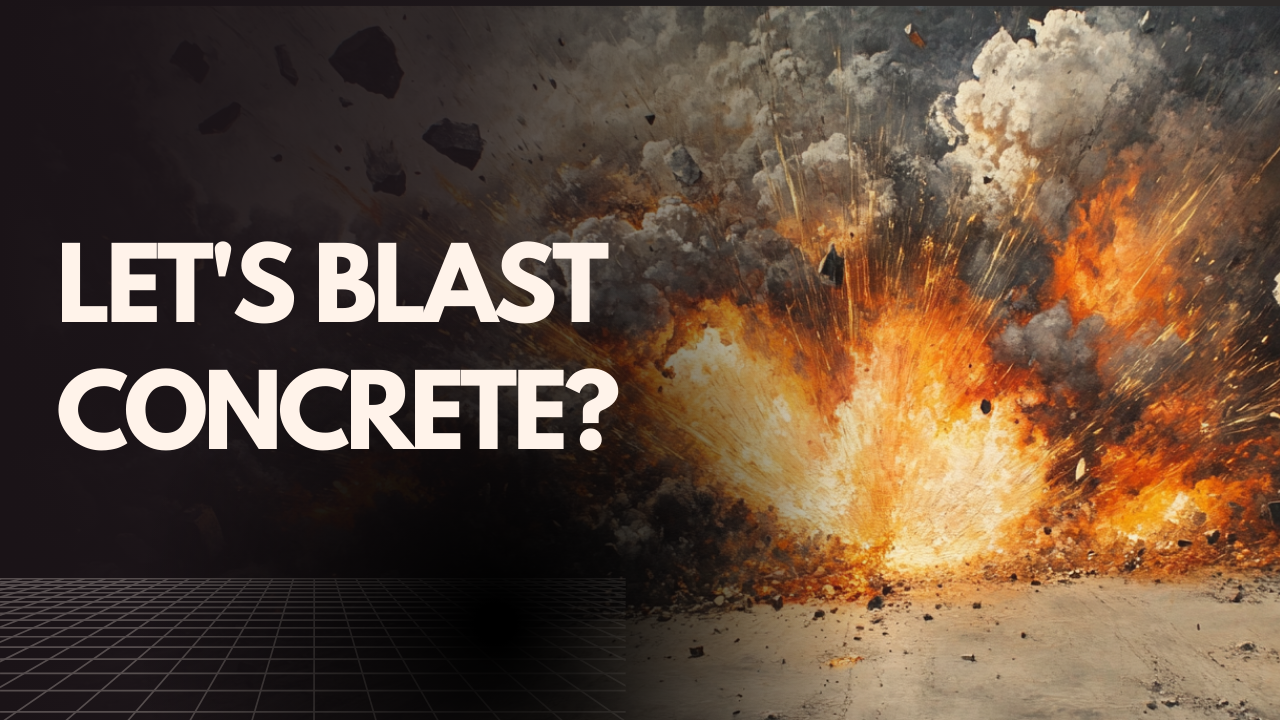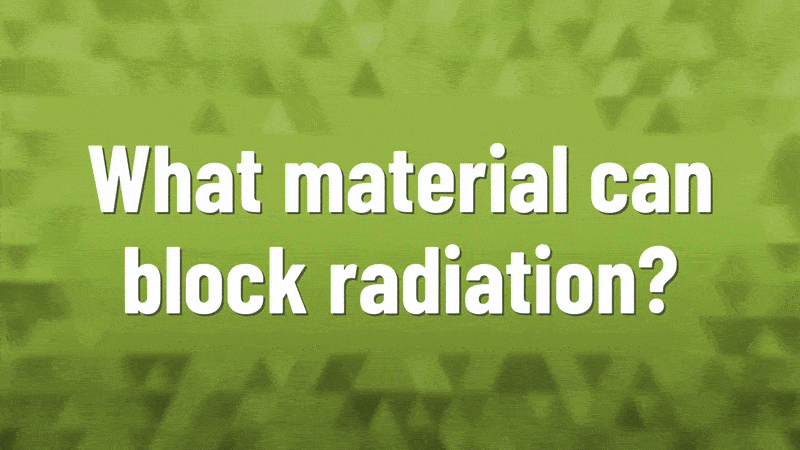let's blast concrete?
researching the durability of concrete in nuclear power plants


2
Hey folks,
Max here from The Engineer's Espresso, and welcome to this not-so-nerdy (but nerdy) newsletter.
Would you buy a flying robot?

I have to say, what the University of Hong Kong team has achieved here is pretty remarkable.
While everyone has been striving to develop flying robots capable of soaring like birds, the University of Hong Kong team appears to have made significant progress with their SUPER quadcopter.
What really stands out to me is their clever pivot away from traditional cameras and sensors. Instead, they went with 3D LiDAR, which gives the drone real-time awareness of everything within a 70-meter radius.
That's honestly a huge deal – most other attempts have gotten bogged down processing massive amounts of video data, which really kills their speed.

click to watch the full video!
The dual-trajectory system they've developed is particularly ingenious.
Rather than forcing the drone to always take either the safest or most exploratory path, it can actually weigh its options in real-time and choose the optimal route.
We're talking about a machine that can blast through obstacle courses at 20 meters per second – that's seriously impressive.
What I find most exciting is how versatile this thing is. The team demonstrated it could track humans through a forest, dodging trees and branches on the fly. And since it's using LiDAR instead of cameras, it works just as well in poor lighting conditions.
It even managed to detect and avoid obstacles as thin as power lines, which has been a major stumbling block for previous designs.
In my opinion, this represents a significant leap forward in the field.
It'll be fascinating to see how this technology develops and where it ends up being deployed first.
#ad
Learn how to make AI work for you
AI won’t take your job, but a person using AI might. That’s why 1,000,000+ professionals read The Rundown AI – the free newsletter that keeps you updated on the latest AI news and teaches you how to use it in just 5 minutes a day.

Ready to put your engineering knowledge to the test with some lesser-known facts and achievements from the world of engineering? Let's see how well you know the hidden corners of this field you and I both love!
Which country built the first underwater tunnel and when?
What is the oldest functioning dam in the world and where is it located?
Which engineering material was first used in the Roman Pantheon's dome, making it a marvel of ancient engineering?
What unconventional method is used in cold regions to prevent soil from thawing under buildings and causing structural damage?
What ancient engineering technique was developed to transport water across mountains in Persia?
Are you ahead of the curve on these tech innovations?
Drop me a line!

⦁ New soft prosthetic hand offers natural bionic interfacing
⦁ 3D-printed brain-like environment promotes neuron growth
⦁ Your fridge still uses tech from the 50s, but scientists have an update

This team from the University of Tokyo has been researching the durability of concrete in nuclear power plants.
They've been at it since 2008, and what they found is pretty mind-blowing.
Turns out, when radiation hits concrete slowly enough, it doesn't just fall apart like we thought - it actually has time to fix itself!
How It Actually Works
Let me break this down in a way that makes sense:
⦁ Inside concrete, there are these tiny quartz crystals
⦁ When radiation hits them, yeah, they do expand (which sounds bad)
⦁ If the radiation comes in slowly enough, these crystals actually recover
⦁ The bigger crystals handle it better than the smaller ones
Professor Maruyama (the lead scientist) puts it this way: it's kind of like giving the concrete time to catch its breath.

click to watch the full video!
The Tokyo team isn't done yet.
They're looking at other stuff in concrete to see how it handles radiation. But honestly, the biggest impact here is that it might help us build better nuclear plants in the future.
What's really getting me excited is thinking about what this means for clean energy. Nuclear power's been this controversial topic forever, but findings like this could really change how we think about it.

- Electrical Engineer III - Honeywell
Build circuits. Break limits. Burn out? Not on our watch. - Aerospace Systems Engineer - The Structures Company
Take off with this role—because gravity is overrated anyway. - Electrical Engineer - Siemens Energy
Keep the world running. One high-voltage decision at a time.
Want to list your job with us?
Throw a job on me

If your company wants to reach top engineers around the globe, let’s collaborate!
Plus, our open rates are over 40%, and our CTR is around 7% (you do the math).
